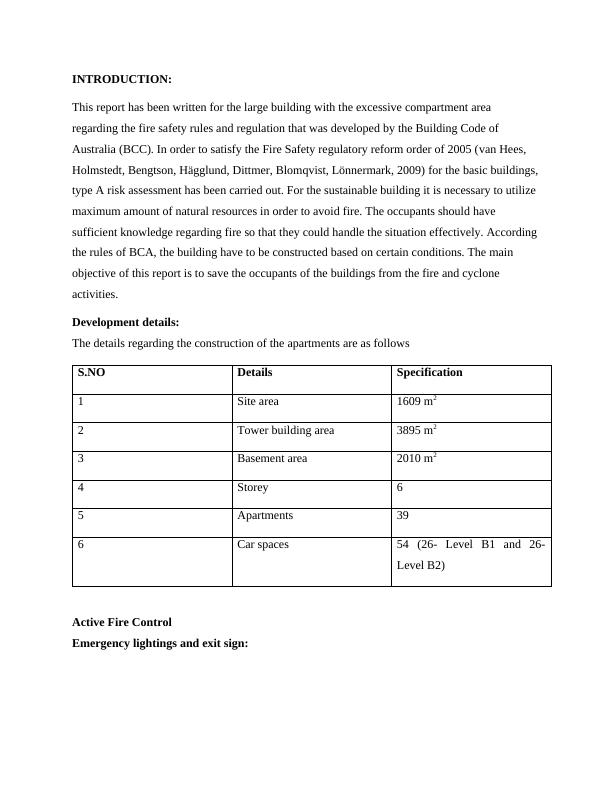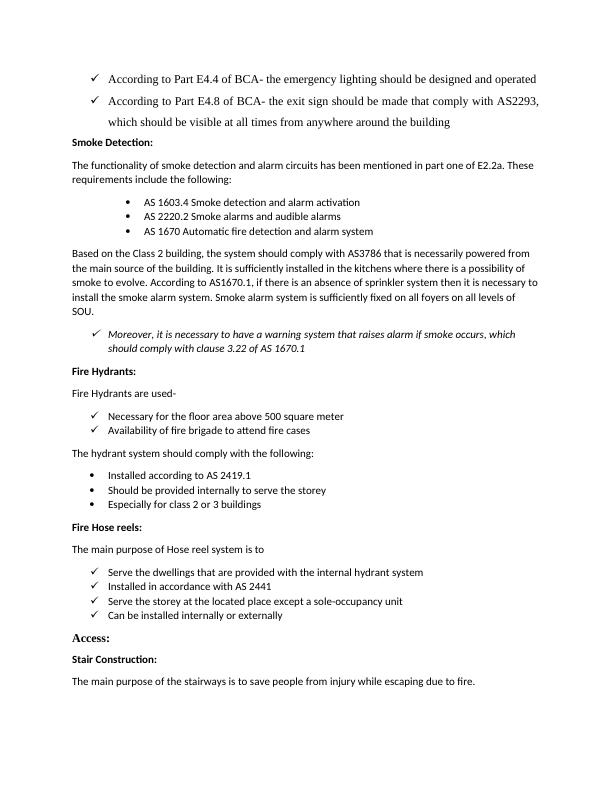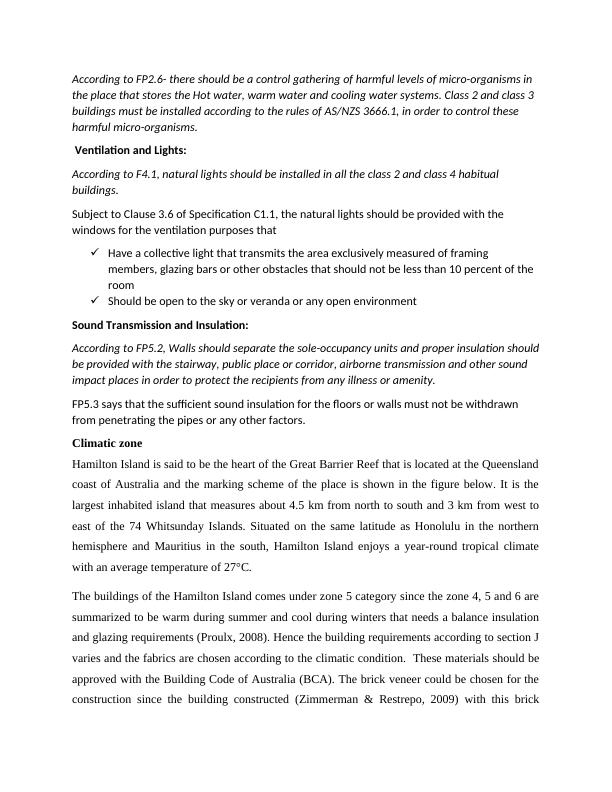Fire Safety Rules and Regulations for a Large Building
Write a report outlining the compliances and deficiencies of an apartment block on Hamilton Island, Queensland, and discuss the special construction requirements in this high-risk geographical location.
13 Pages4193 Words50 Views
Added on 2023-06-04
About This Document
This report discusses the fire safety rules and regulations for a large building as per the Building Code of Australia (BCA). It covers active fire control, access, health and amenity, building materials, and risk factors such as external cyclones.
Fire Safety Rules and Regulations for a Large Building
Write a report outlining the compliances and deficiencies of an apartment block on Hamilton Island, Queensland, and discuss the special construction requirements in this high-risk geographical location.
Added on 2023-06-04
ShareRelated Documents
End of preview
Want to access all the pages? Upload your documents or become a member.
Active Fire Control and Access in Construction Management
|6
|1100
|410
Building Regulation Studies Question 2022
|7
|1417
|19
Building Regulations Assignment
|6
|1489
|428
NBC2004 – Building and Construction Studies
|8
|826
|18
(BCA) Building Code of Australia | NCC 2019 Volume one, two, three
|6
|1861
|469
Fire Services In SCI-Tech Building
|5
|996
|33




